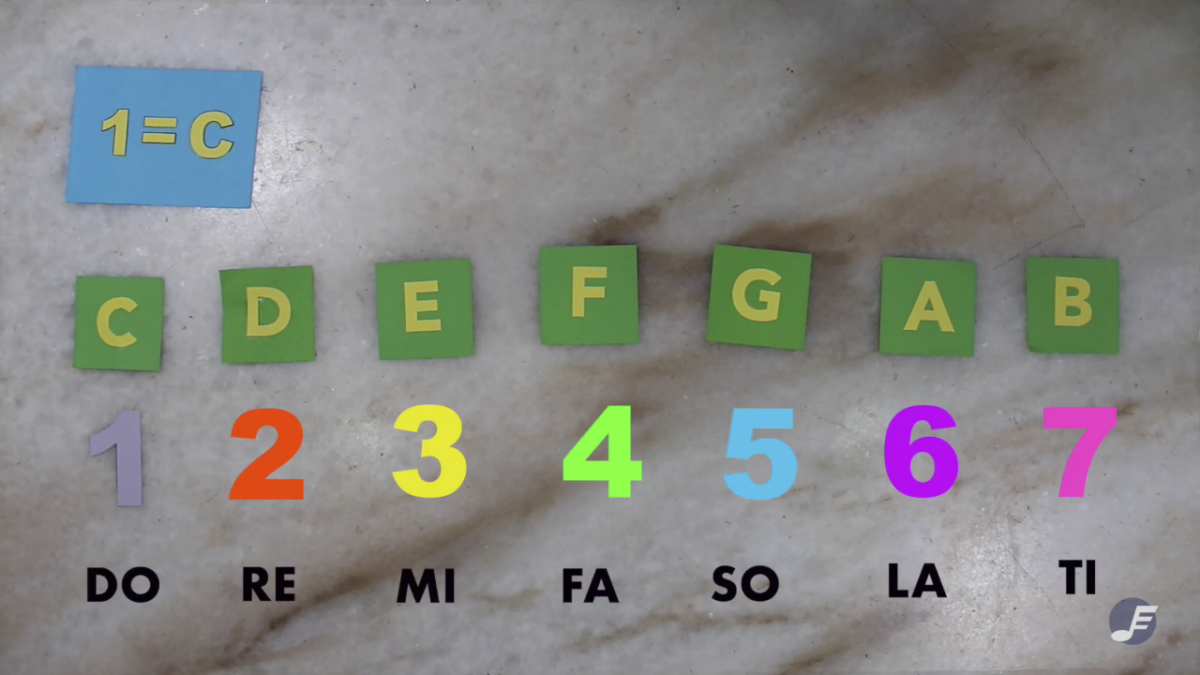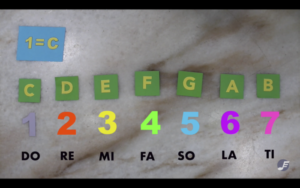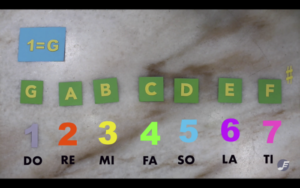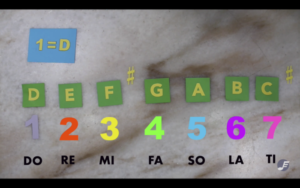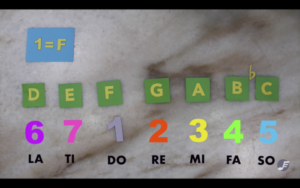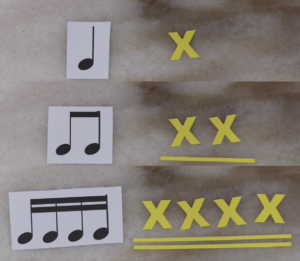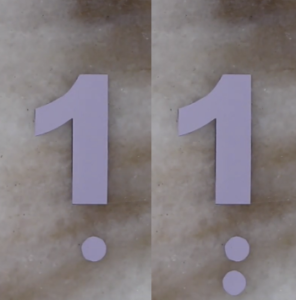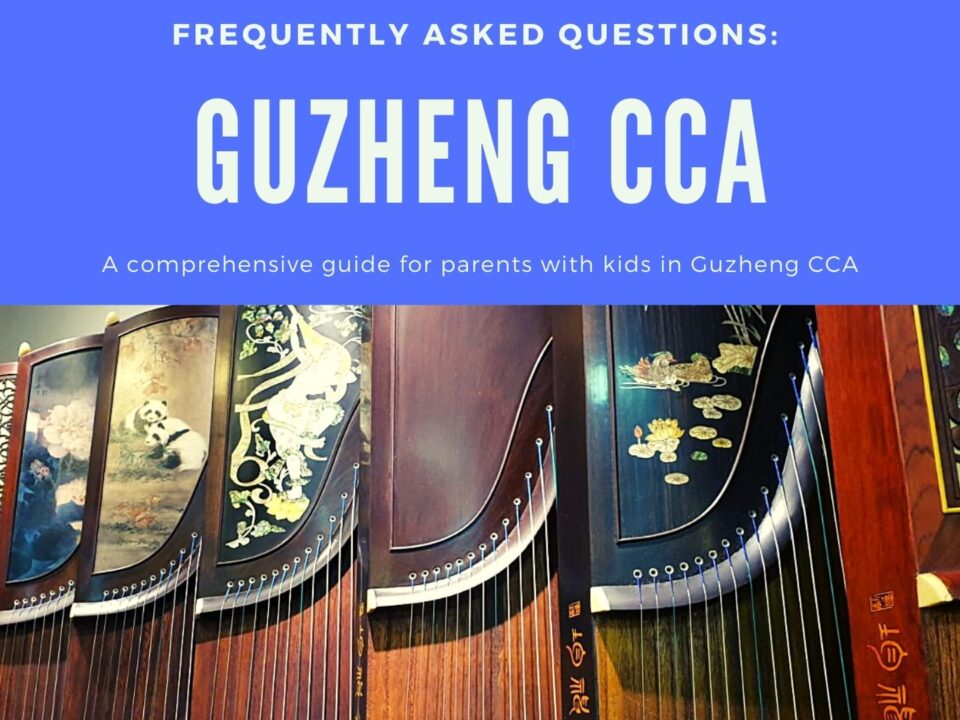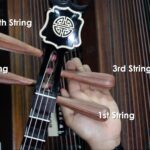
How to Tune Zhongruan, Liuqin, and Pipa
May 8, 2025
Erhu Tone from Different Regions
May 9, 2025🎵 Decoding Jianpu: A Simple Guide to Reading Chinese Numeric Scores
If you’ve ever picked up sheet music for a Chinese instrument and been greeted by a mysterious string of numbers instead of notes, don’t worry — you’re not alone.
Jianpu (简谱), or numeric notation, might feel like trying to crack a secret musical code, especially if you’re more familiar with Western staff notation. But once you understand the basics, Jianpu becomes a powerful and intuitive way to read music — especially for Chinese instruments like the Erhu, Guzheng, Dizi, or Pipa.
Let’s walk through the fundamentals so you can decode any piece with confidence.
🎯 What Is Jianpu?
Jianpu is a numerical music notation system where each number represents a note in the scale:
- 1 = Do
- 2 = Re
- 3 = Mi
- 4 = Fa
- 5 = Sol
- 6 = La
- 7 = Ti
The scale is built from the “movable Do” system, meaning 1 (Do) changes pitch depending on the key.
🎼 Jianpu in Different Keys
C Major (1 = C)
Scale: C – D – E – F – G – A – B
Jianpu: 1 – 2 – 3 – 4 – 5 – 6 – 7
G Major (1 = G)
Scale: G – A – B – C – D – E – F#
Jianpu: 1 – 2 – 3 – 4 – 5 – 6 – 7
D Major (1 = D)
Scale: D – E – F# – G – A – B – C#
Jianpu: 1 – 2 – 3 – 4 – 5 – 6 – 7
F Major (1 = F)
Scale: F – G – A – Bb – C – D – E
Jianpu: 1 – 2 – 3 – 4 – 5 – 6 – 7
The number stays the same, but the pitch it represents changes depending on the key.
⏱️ Note Duration in Jianpu
Jianpu doesn’t use tails or filled-in noteheads like Western notation. Instead:
- A horizontal line under a number = longer duration (e.g., half or whole note)
- No line = quarter note
- Dashes can represent rests or prolonged notes
🔺 Changing Octaves
Dots in Jianpu are used to move across octaves:
- Dot above a number = one octave higher
- Two dots above = two octaves higher
- Dot below a number = one octave lower
- Two dots below = two octaves lower
Examples:
•1= high Do1= middle Do1•= low Do
🎥 See It in Action
We’ve made a short, beginner-friendly video that explains Jianpu step-by-step:
🌏 Why Jianpu Is Worth Learning
Jianpu is used in almost every traditional Chinese music setting — from Erhu and Guzheng to choirs and folk ensembles. Understanding it helps you:
- Read Chinese scores with confidence
- Play in Chinese orchestras
- Access thousands of traditional and modern pieces
🚀 Ready to Dive Deeper?
If you’re curious to explore Chinese music more deeply, and perhaps learn an instrument like the Erhu or Guzheng, we’d love to help.
Click here to start your musical journey
💡 Final Thoughts
Learning Jianpu takes a little patience, but it’s a wonderfully logical and flexible system once it clicks. With just numbers and dots, you’ll be able to unlock a whole world of Chinese melodies.
Stay curious, and happy practicing!

